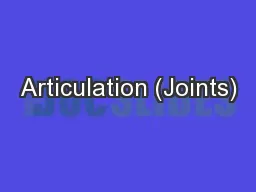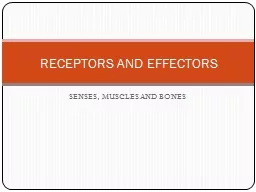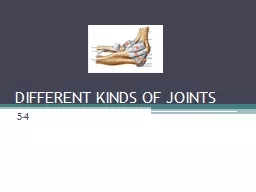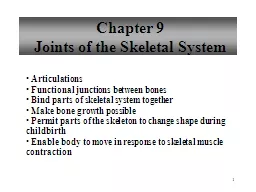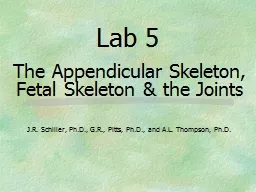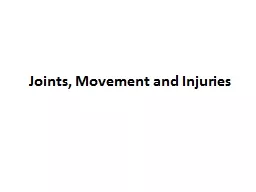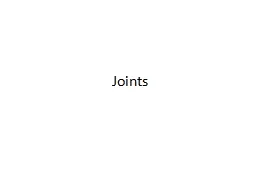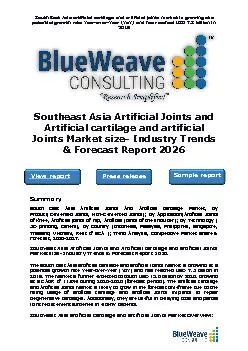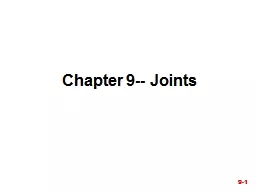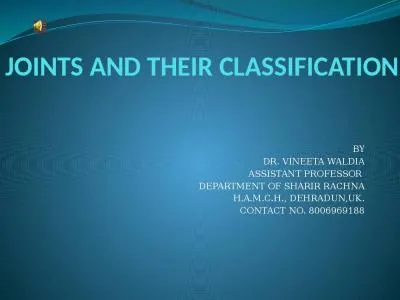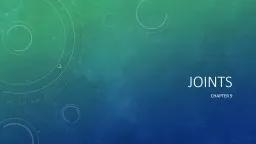PPT-Injuries to Muscles, Bones, and Joints
Author : giovanna-bartolotta | Published Date : 2016-07-18
Injuries to muscles bones and joints often occur as a result of accidents such as falls vehicle crashes or forced impact with equipment or machinery There are 4
Presentation Embed Code
Download Presentation
Download Presentation The PPT/PDF document "Injuries to Muscles, Bones, and Joints" is the property of its rightful owner. Permission is granted to download and print the materials on this website for personal, non-commercial use only, and to display it on your personal computer provided you do not modify the materials and that you retain all copyright notices contained in the materials. By downloading content from our website, you accept the terms of this agreement.
Injuries to Muscles, Bones, and Joints: Transcript
Download Rules Of Document
"Injuries to Muscles, Bones, and Joints"The content belongs to its owner. You may download and print it for personal use, without modification, and keep all copyright notices. By downloading, you agree to these terms.
Related Documents


